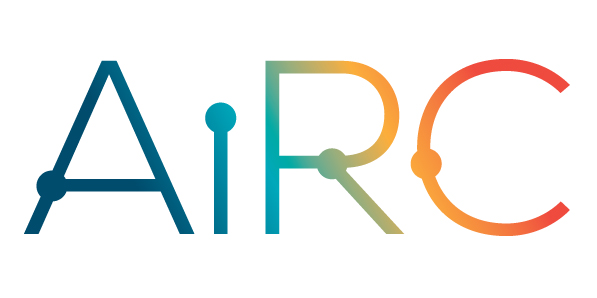The Applied Intelligence Research Centre has a diverse team.

Non-Euclidean data refers to a set of points that cannot be represented on a two-dimensional space since they violate at least one of the axioms of Euclidean geometry. Graphs are a non-Euclidean data structure composed of nodes (objects) and edges (relations) since they violate the triangle inequality principle. By mapping real-world data onto a graph, it is possible to model complex systems such as physics systems and social networks from which rich relational information can be extracted. Graph analysis is a process aimed at extracting information from graphs, some of the objectives include node-level classification, graph-level classification, link prediction and clustering. These techniques have been used for applications in a wide variety of tasks such as drug discovery, knowledge graph analysis or physics simulations. Recently Deep Learning (DL) based methods such as Convolutional (CNNs) or Recurrent Neural Networks (RNNs) have been employed for graph analysis. However, these methods function with Euclidean data in one- or two-dimensional spaces thus not suitable for processing non-Euclidean data structures such as graphs, where there is no implicit notion of locality. To overcome this issue, a recent research field Geometric Deep Learning (GDL) is devoted to building models that can be trained efficiently with non-Euclidean data. One of techniques for such a type of learning are Graph Neural Networks (GNNs). Here, the edges among nodes are treated as dependencies rather than features, in contrast to traditional Euclidean-based learning approaches. This project will be devoted to better understanding the functioning and application of Graph Neural Networks as well as formally comparing them against traditional approaches for deep learning, specifically for processing electroencephalogram (EEG) data. This work was funded by Science Foundation Ireland through the SFI Centre for Research Training in Machine Learning (18/CRT/6183).


